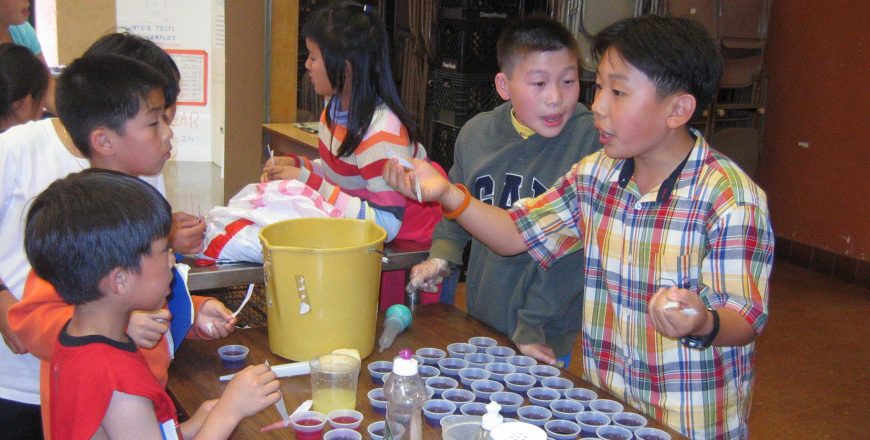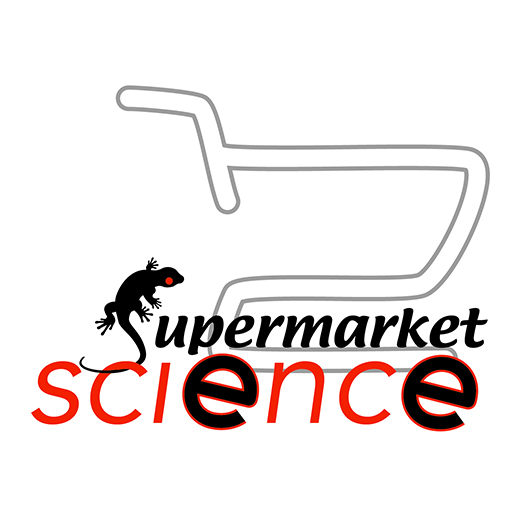Acids and Bases

Supermarket Science Materials are organized into thematically linked sets with experiments and activities as well as background information that makes them easier to do. There are also a bunch of simple, fun art and writing projects. All of the activities can be done alone or in conjunction with other project sets. Choose activities that are developmentally appropriate to your children.
All Supermarket Science Materials are primarily geared toward students in elementary and secondary schools, as well as their parents and teachers, but can be expanded to higher grades. The activities are designed to advance the understanding of concepts of biology, ecology, geology, and sociology based on local resources like a backyard or a local grocery store. All of the materials in this set and others link the Core Curriculum Standards. Use them to focus the activities to a particular grade level.
There are also LEARN, SHOW, USE, DO, and TEACH pages. LEARN pages are designed to be given to the students. They contain explanations, stories, or diagrams. SHOW pages usually present interesting photographs or illustrations that demonstrate specific concepts. USE pages are created as supplemental materials for the activities and experiments. Plant Cards are examples of USE pages. And finally, the DO pages contain the actual activities and experiments. Please use the back of these pages as scrap and add additional pages as needed.
Most DO pages have a What You Need list of items in the margin under the title of the activity. This is a quick reminder of what children should have while doing the activity. It might look something like a list on the right: pencil, scissors, knife, etc. Some of the activities in this set use cards. Creating taxonomies is part of the scientific process. The card games and activities allow kids an opportunity to practice this skill.
There are many activities which can be done using information about plants and food. This set shows some possibilities. We encourage you to come up with others. Think of these activities as inspirational examples, jumping-off points.
There are many experiments that can be done with pH test kits—so many liquids, so little time! Look around the home, classroom, lunchroom, and students’ lunch bags for interesting things to test. For example, you can compare the pH values of the different juices from the student lunches. Another interesting measurement is the water hardness. Different bottled water have different hardness. Compare the bottled water with tap water. You can also test rainwater by collecting samples from puddles or by leaving jars outside in the rain. If you do rainwater testing over the whole year, you might be able to plot the acidity of the rainwater over time. These measurements will help children understand the concept of “acid rain” in a very direct way. And finally, consider collecting and testing the waters from local springs, rivers, lakes, and ponds. The students can map the variation in acidity and hardness over a geographic area of their neighborhood.
Kids can share their work online. SupermarketScience.com will try to post kids’ stories, art, and projects. How are these different from each other?
How to make pH paper from red cabbage and other fun activities.
American Chemical Society 3-minute video that explains acids and bases—intermediate level.
